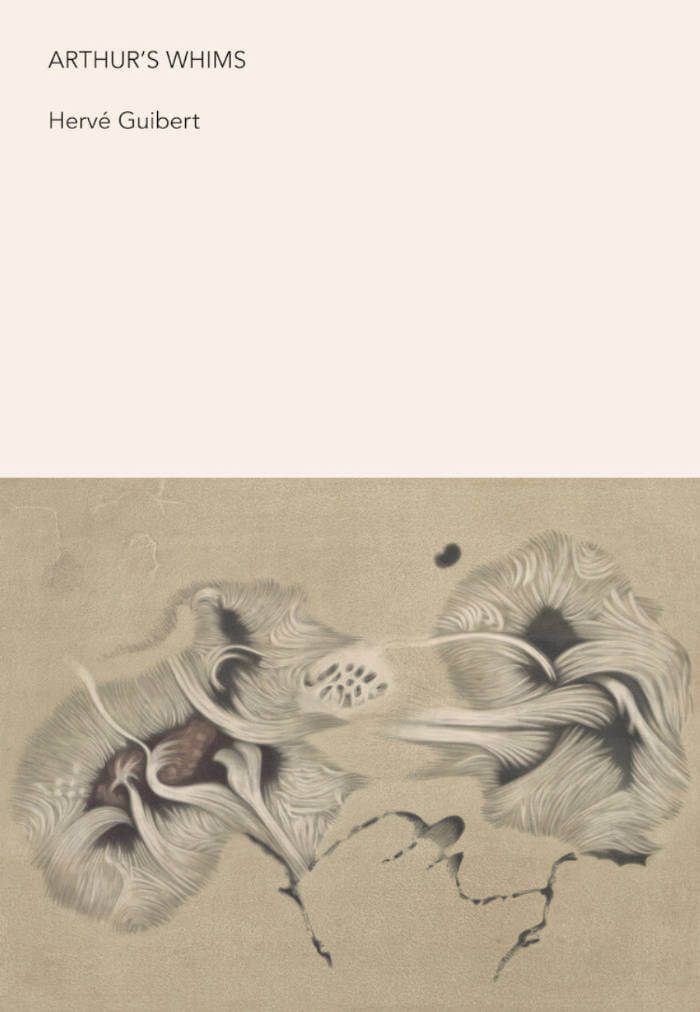
Encircling the Image of Trauma
Emilie Bujès ed., Matei Bellu ed.
This book tiptoes between aesthetics and ethics; it proposes to rethink trauma in its necessity as well as impossibility to be represented and understood.
The traumatic experience of violence marks social orders and imbues history. How does it reach beyond distress and pain? This collection of works interrogates alternative narratives: The traces of trauma may also comprise a subversive potential, which withdraws from the hold of power and instead makes room for a sense of history's vulnerability.
Thoughts, artistic contributions and text, most of them produced especially for this volume, move around notions of trauma, in an attempt to encircle moments, at which translation of meaning seems suddenly suspended.
Contributions by Pavel Büchler, Anca Benera & Arnold Estefan, Wendelien van Oldenborgh, Jenny Edkins, Aurélien Gamboni & Sandrine Teixido, Unica Zürn, Falke Pisano, Katja Mater, Georges Perec, Andrea Bellu, Ben Seymour, Natascha Sadr Haghighian, Gitte Villesen.
Published with Centre d'Art Contemporain Genève.
published in March 2020
English edition
13 x 20 cm (softcover)
240 pages (ill.)
Language: English







